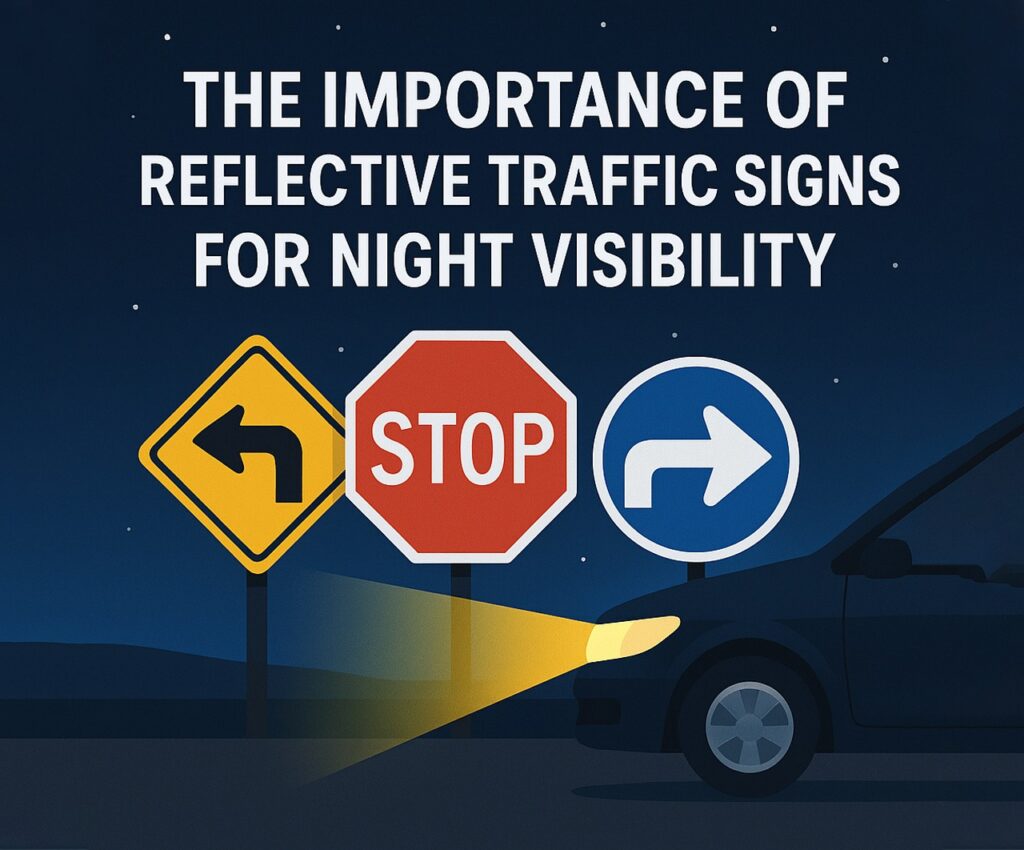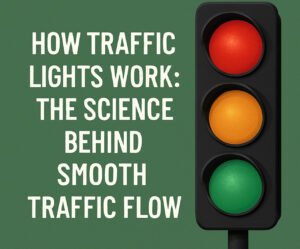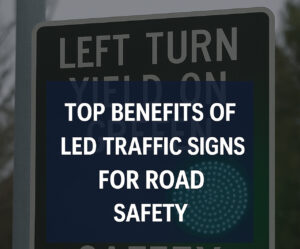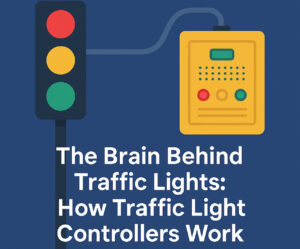When driving after dark, reflective traffic signs, retro reflective traffic signs, and any clearly visible sign traffic sign can mean the difference between safe navigation and a dangerous misstep. Nighttime conditions reduce visibility and reaction time, making it critical for traffic control elements to stand out under headlights. In this article, we explore why reflective signage matters so much, what types are most effective, and how you can ensure compliance and safety in your traffic planning. Know more..
Why Night Visibility Is a Game Changer
More than half of all fatal traffic accidents happen at night. Reduced light, glare from oncoming vehicles, and driver fatigue are all contributing factors. Reflective traffic signs combat these conditions by bouncing light from headlights back to the driver, increasing both the visibility and legibility of road instructions.
Especially on rural roads or highways without ambient lighting, retro reflective traffic signs help drivers recognize warnings, speed limits, and directions well in advance. Without them, crucial sign traffic sign messages could be completely missed.
How Reflectivity Works
Reflectivity isn’t just a shiny surface. Modern reflective traffic signs use advanced retro-reflective materials that return light directly back to the source—typically the headlights of a vehicle. These materials are designed to work even in rain, fog, or low-light conditions.
There are different grades of reflectivity:
- Engineering Grade: Basic, suitable for low-speed areas.
- High Intensity Prismatic (HIP): More visible and durable.
- Diamond Grade: Highest level, ideal for highways and critical zones.
Upgrading to retro reflective traffic signs with higher-grade materials enhances night visibility and aligns with federal standards like those set by the MUTCD.
Types of Reflective Traffic Signs
Some signs matter more than others at night. Prioritize the following:
- Stop Signs: Immediate compliance is needed.
- Speed Limit Signs: Drivers need to know safe speeds.
- Curve and Warning Signs: Crucial on unfamiliar roads.
- Pedestrian Crossings: Visibility protects lives.
Each sign traffic sign type should use appropriate retro-reflective sheeting, and it must be maintained to avoid fading or damage.
Installation Best Practices
Even the best reflective traffic signs fail if installed poorly. Keep these principles in mind:
- Height and Angle: Mount signs at the right height and facing traffic to maximize headlight reflection.
- Clear Zones: Keep vegetation and obstructions away from the sign face.
- Consistent Placement: Follow standard spacing to avoid confusion.
Also, make sure retro reflective traffic signs are used consistently throughout a roadway. Mixing reflective and non-reflective signs can confuse drivers and reduce effectiveness.
Maintenance Is Non-Negotiable
Reflectivity degrades over time. UV rays, weather, and dirt all take a toll. To keep your reflective traffic signs working:
- Inspect Annually: Look for fading, cracks, or dirt buildup.
- Clean Regularly: Gentle washing helps restore reflectivity.
- Replace When Needed: If a sign no longer reflects properly, swap it out.
Many municipalities now use retro-reflectometers to measure sign visibility, ensuring every sign traffic sign meets minimum standards.
Regulations and Compliance
According to the FHWA, all public roads must use compliant retro reflective traffic signs. These rules are in place to:
- Promote uniformity across states
- Improve driver comprehension
- Enhance safety for night travel
Failure to use compliant reflective traffic signs can lead to liability issues in the event of an accident. Regular updates and audits can help ensure compliance.
LED-Enhanced Reflective Signs
For high-risk areas, consider combining retro reflective traffic signs with LED lights:
- Flashing LED stop signs for rural intersections
- Illuminated pedestrian warnings near schools
- Solar-powered options to reduce energy costs
These systems blend passive visibility with active lighting, making the sign traffic sign impossible to miss.
Where Reflective Traffic Signs Matter Most
While reflectivity is essential everywhere, some locations demand it more:
- Rural Roads – No streetlights make signs the only guidance.
- Construction Zones – Temporary signs need to be just as visible.
- School Zones – Children’s safety relies on driver awareness.
- Sharp Curves and Exits – Nighttime misjudgment can be deadly.
- Pedestrian Crosswalks – Visibility can save lives.
Choosing the Right Signage
When sourcing signs, consider more than just cost. Look for suppliers who provide:
- Certified reflective traffic signs meeting federal standards
- Options for retro reflective traffic signs in different grades
- Durability against weather and graffiti
Bulk purchasing can reduce costs, especially when upgrading entire zones. Don’t forget about customizing your sign traffic sign to fit unique local needs.
Smart Signs and the Future
Traffic signage is evolving. In the near future, reflective traffic signs may integrate with vehicle systems, sending alerts through connected car tech. Already, some cities are testing:
- QR codes on signs for navigation apps
- Smart reflectivity that adjusts to ambient light
- GPS-enabled retro reflective traffic signs for mapping systems
These innovations could redefine what a sign traffic sign means in modern infrastructure.
Educating the Public
All this effort means little if drivers don’t understand the signs. Consider:
- Public awareness campaigns about what different signs mean
- Reminders during license renewals
- Including reflective traffic signs visibility in driving tests
The more familiar drivers are with signage, the better their reaction time—especially at night.
Conclusion
Reflective traffic signs are a silent but essential partner in road safety, especially after dark. From basic stop signs to advanced retro reflective traffic signs, every sign traffic sign plays a role in guiding, warning, and protecting drivers and pedestrians alike.
Ensuring proper visibility isn’t just about compliance—it’s about responsibility. Upgrade outdated signs, inspect regularly, and choose high-quality, durable materials. With a commitment to visibility, we create safer roads for everyone—no matter the hour.





